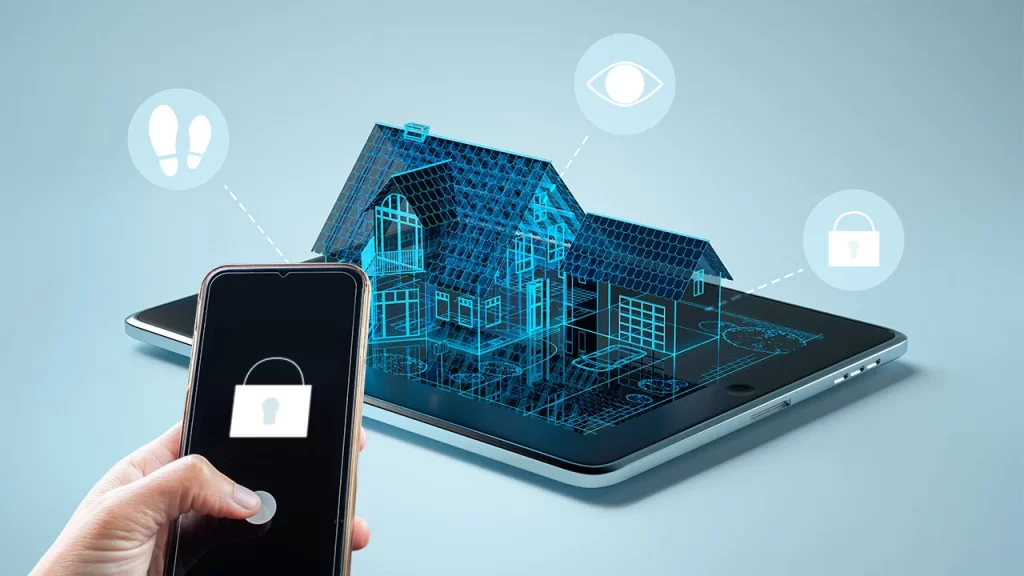The future of safety is rapidly evolving with the integration of smart homes and intelligent security systems. As technological advancements continue to reshape our daily lives, the concept of safety is no exception. Smart homes, equipped with interconnected devices and sensors, are at the forefront of this revolution. These homes leverage the Internet of Things IoT to create a seamless network where various devices communicate and collaborate to enhance security measures. Intelligent security systems play a pivotal role in this paradigm shift, offering a proactive approach to safeguarding homes and their inhabitants. One of the key features of smart homes is the ability to monitor and control security remotely. Homeowners can access real-time surveillance footage, receive instant alerts, and even control access to their homes from anywhere in the world using their smartphones. This level of connectivity not only provides peace of mind but also empowers individuals to take immediate action in case of suspicious activities. Artificial intelligence AI algorithms play a crucial role in analyzing data from multiple sources, enabling these systems to differentiate between normal and potentially threatening events.

For example, AI-powered cameras can distinguish between a pet’s movement and an intruder, reducing false alarms and ensuring a more accurate response. Biometric authentication is another cutting-edge feature that is increasingly becoming a standard in intelligent security systems. Facial recognition, fingerprint scans, and voice recognition add an extra layer of protection, ensuring that only authorized individuals can access a home or specific areas within it. This level of personalization enhances security while eliminating the need for traditional keys or access codes that can be compromised. Integration with voice-controlled virtual assistants further enhances the user experience of smart security systems. Homeowners can simply use voice commands to check the status of their security systems, lock doors, or arm/disarm alarms. This not only makes security more user-friendly but also contributes to the overall accessibility of these systems, allowing individuals of all abilities to benefit from advanced safety measures.
As the future of safety unfolds, the role of predictive analytics in smart homes becomes increasingly significant of san antonio security systems. Intelligent security systems can analyze patterns of behavior and environmental factors to anticipate potential security threats. For instance, if a system detects an unusual pattern of activity during a specific time of day, it can trigger alerts and increase surveillance in response. This predictive capability enables homeowners to take preemptive measures, minimizing the risk of security breaches. In conclusion, the future of safety lies in the seamless integration of smart homes and intelligent security systems. These technologies not only provide enhanced protection but also offer a level of convenience and control that was previously unimaginable. As we embrace the era of connected living, the evolution of safety measures ensures that our homes become fortresses of security, utilizing the power of AI, IoT, and advanced analytics to create a safer and more resilient living environment for individuals and families alike.